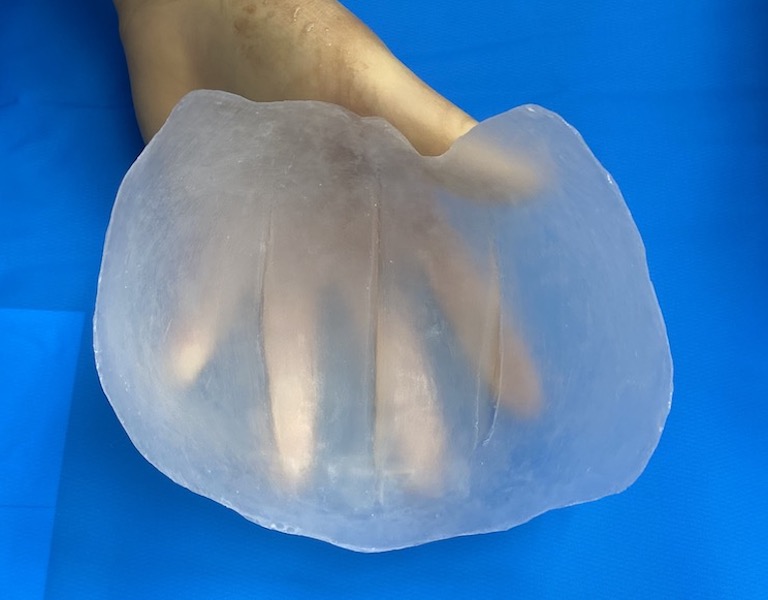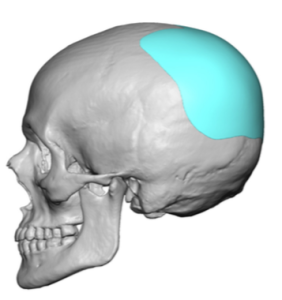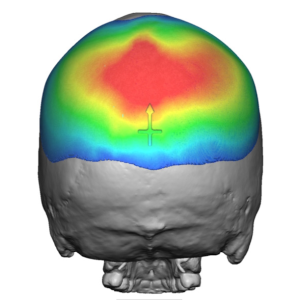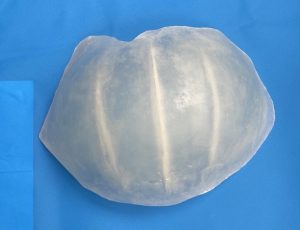Custom skull implants are the most contemporary and effective method for correction of various flat spots on the head. One of the most common locations to do so is the back of the head which is the common affected skull region due to in utero and after birth head positioning. While there are limits as to how much implant volume can be tolerated based on scalp stretch, good shape improvements can be obtained.
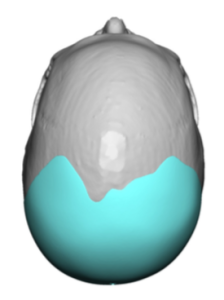
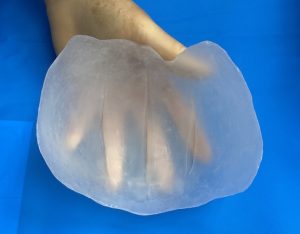
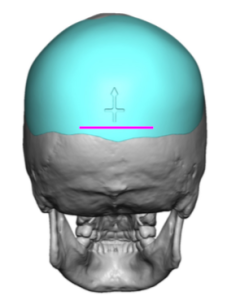
Dr. Barry Eppley
Indianapolis, Indiana

